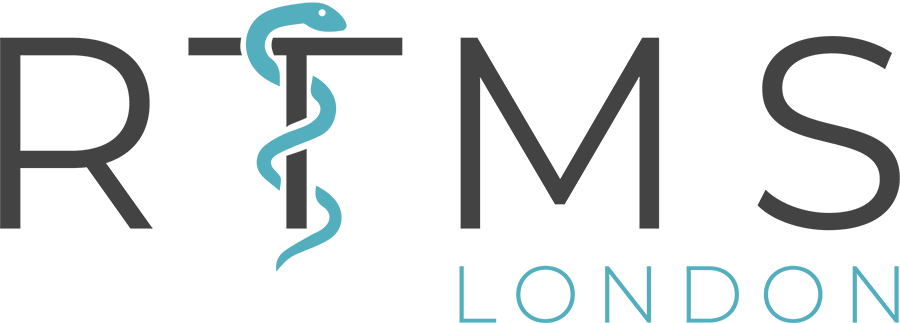Hypermobility, Dance and Injury Risk (Part 1)
Hypermobility and dancing appear to go hand in hand, with a certain level of flexibility being seen as beneficial for many styles. This is backed up by research that suggests that dance schools are more likely to select students who are hypermobile, helping to explain the fact that up to 44% of dance students have this condition (this is significantly more than the rate in the general public, where hypermobility only affects 10-20% of people). However, when similar research is done in professional dance companies, rates of hypermobility amongst elite dancers are found to be no different to those found in the general population. So where do all the hypermobile students go?
Hypermobility
Let’s begin by looking at what hypermobility actually is.
Rather than a single entity, hypermobility is actually a broad spectrum of conditions; ranging from a painless increase in range of motion at a single joint, all the way up to hypermobile Ehlers Danlos Syndrome (hEDS) – a serious condition that affects multiple systems in the body. The milder forms can be caused by repetitive stretching, but the more serious types are due to actual genetic differences in a person’s ability to create connective tissue, which includes ligaments and tendons.
Having one of these connective tissue related forms of hypermobility has been shown to increase a person’s risk of experiencing a number of issues, including fatigue, injury and slower injury healing times. It is obvious to see how these factors could be particularly troublesome for somebody who is training intensely in a physical activity such as dance, where long hours of hard training already put the body under a lot of stress.
Why does hypermobility cause fatigue and injuries?
To explain this, we first need to discuss proprioception.
Proprioception is a person’s ability to be aware of where their body is, without needing to see it. To test this, try closing your eyes and touching the tip of your nose with your finger (this should not be too difficult for somebody with good proprioception). Our bodies complete this sort of task by sending signals from our muscles, ligaments and joints to our brain, which let it know where they are, and what movements have taken place. Our brain then processes this information and builds a map of where all of our limbs are in space.
This information can then be used for things such as balance, or achieving a specific stance or pose, and can be improved with training. In dance, this is obviously extremely important, as the correct positioning of the body is fundamental to the success of the performance. People with hypermobility are known to have difficulty with proprioception, meaning that their movement may not be as accurate, and they may also have greater difficulty with maintaining balance. This then leads to the need to make more frequent adjustments and corrections to their movements, all of which requires extra energy. On its own, this may not seem like a lot, but over the course of several days, weeks and months of training, these constant adjustments add up, and lead to fatigue if not appropriately managed. Fatigue is well known to increase the risk of injury, so if their workload is not adjusted, as is often the case in highly competitive environments such as dance schools, it is easy to see how problems can occur.
Next week we will be publishing the second part of this series of educational articles.
Posted on 29th November 2022
